
Exploring the Mystical Sounds: The World of the Ocarina
The ocarina is an ancient wind instrument known for its otherworldly and evocative sound. With a history spanning over 12,000 years across cultures worldwide, the

Did you ever stop to marvel at the delicate, ethereal sound of an ocarina?
This charming wind instrument, with its peculiar shape and captivating melodies, has been a source of fascination in various cultures.
Today, we dive deeper into the heart of its musical essence, exploring the key principles that govern its unique sound.
At the core of the ocarina’s allure is its sound production. Air, guided through the mouthpiece, collides with the labium (a fancy term for the instrument’s critical edge), triggering vibrations that produce melodious sound waves. This interaction between air and structure is fundamental to the ocarina’s distinct tone.
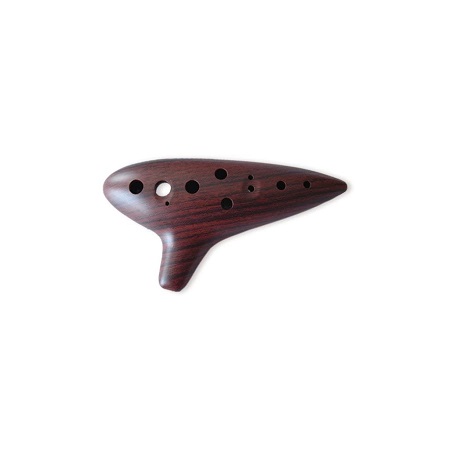
Imagine a whisper of wind transforming into a symphony as it passes through the ocarina’s chambers. The breath becomes a painter, using the ocarina as its canvas to create auditory masterpieces. This principle is not just about producing any sound; it’s about crafting a sound that resonates with the soul.
The magic of the ocarina lies in this very principle. The manner in which the air is directed, the force with which it is blown, and the precision of the labium’s construction all contribute to the creation of a sound that is both pure and rich in character.
The ocarina’s pitch is artfully manipulated by the strategic placement of fingers over its holes. Each hole, meticulously crafted, corresponds to a specific musical note. The musician’s dexterity in covering and uncovering these holes orchestrates the harmony of the ocarina’s music.
This principle is akin to a dance, where each movement (or in this case, each finger placement) changes the melody’s flow.
The number and placement of holes vary across different ocarinas, offering a range of scales and musical possibilities. This variety allows the instrument to adapt to different musical genres, from traditional folk to contemporary pieces.
The challenge and beauty of mastering the ocarina lie in the player’s ability to coordinate their fingers with precision and fluidity.
It is a skill that requires patience and practice, as each note must be clear and in tune. The player must also be mindful of the transitions between notes, ensuring they are smooth and harmonious.
Breath control is pivotal in playing the ocarina. The intensity of the breath shapes the instrument’s volume and tonality.
A powerful exhale yields a robust, vibrant sound, whereas a gentle breath offers a softer, more mellow tune.
This dynamic creates a direct, intimate connection between the player and the instrument.
The breath becomes an extension of the musician’s emotions and intentions, allowing for expressive performances that can range from the hauntingly soft to the boldly resonant.
The art of breath control in ocarina playing is not just about the strength of the breath but also its consistency.
The player must learn to modulate their breath to achieve a balanced and even tone throughout their performance. This skill is particularly important in longer pieces, where breath control becomes crucial in maintaining the quality and consistency of the sound.
The ocarina’s voice is significantly influenced by its material composition.
Whether fashioned from traditional clay, modern plastic, or even metal, each substance imparts a unique character to the instrument’s sound, enriching its musical expression.
Clay ocarinas, for instance, offer a warm, earthy tone that resonates with traditional music.
Plastic models, on the other hand, provide durability and consistency, making them popular among beginners and outdoor enthusiasts.
Metal ocarinas, though less common, produce a distinct, clear tone that stands out in ensemble performances.
The choice of material not only affects the sound but also the feel and weight of the ocarina.
Players often have personal preferences based on how the instrument feels in their hands and how it responds to their touch.
The material can also influence the durability and maintenance requirements of the ocarina, factors that are important for both casual players and professional performers.
Beyond their visual appeal, the ocarina’s shape and size play a vital role in its acoustic properties. They determine the range of notes the instrument can produce and contribute to the overall quality of its sound.
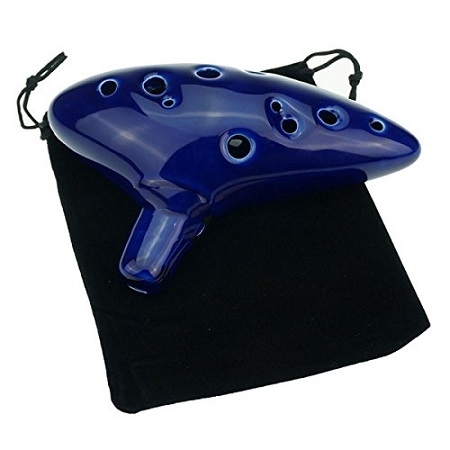
From the compact pendant ocarinas to the larger tenor and bass varieties, each design offers a unique playing experience.
The shape not only affects the sound projection but also the instrument’s ergonomics, impacting how comfortably it can be played.
The variety in shapes and sizes also allows for a wide range of musical expressions.
Smaller ocarinas tend to have a higher pitch and are more portable, making them ideal for light, quick melodies. Larger ocarinas, with their deeper tones, are suited for more solemn and profound compositions.
The ocarina’s performance is sensitive to its surroundings. Variations in temperature and humidity can subtly alter the density of the air within the instrument, affecting its pitch and timbre.

This sensitivity makes the ocarina a living instrument, one that responds to the environment just as much as it responds to the musician’s touch. It adds an element of unpredictability and naturalness to the music, reminding us of the instrument’s organic origins.
Musicians must be aware of these environmental factors, especially when performing outdoors or in varying climates. They often need to adjust their playing technique or even the tuning of the ocarina to compensate for these changes.
The voicing, a small aperture located beneath the ocarina’s labium, is essential for the clarity and volume of its sound. This often-overlooked feature is key to achieving a balanced and resonant tone.
The voicing’s design and size play a critical role in shaping the ocarina’s voice. A well-crafted voicing ensures that the instrument can produce a wide range of notes with clarity and consistency, allowing for complex and nuanced musical expressions.
The voicing also contributes to the ocarina’s playability. A poorly designed voicing can make the instrument harder to play, requiring more breath pressure and reducing the overall quality of the sound. Thus, the crafting of the voicing is a delicate process, requiring skill and precision.
The ocarina, with its simple yet sophisticated design, embodies a fusion of art, science, and history. Its seven working principles reveal the complexity behind its seemingly simple melodies.
Whether you are an aspiring musician or a lover of unique instruments, the ocarina offers a world of sonic exploration and enjoyment.
Its timeless melodies continue to resonate, weaving a tapestry of sound that captivates and inspires. The ocarina is not just an instrument; it is a storyteller, a keeper of ancient melodies, and a bridge connecting us to the vast world of music.
Its sound, a blend of the earthy and the ethereal, invites us to journey through cultures and eras, connecting us to the universal language of music.
The ocarina, in its modest form, carries the legacy of musical tradition and the promise of innovation.
As we explore its principles and play its melodies, we partake in an ongoing symphony that transcends time and place. Let the ocarina’s song continue to inspire and enchant, as we discover the endless possibilities within its simple yet profound design.


The ocarina is an ancient wind instrument known for its otherworldly and evocative sound. With a history spanning over 12,000 years across cultures worldwide, the

When it comes to taking care of your musical instruments, ocarina requires special attention, especially in terms of disinfection. Whether you’re a professional musician or
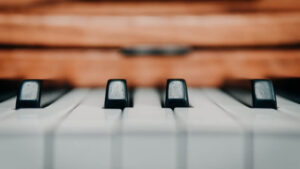
When it comes to preserving the charm and sound of your ocarina, storage is key. Just like a treasured book or a fine wine, your

The world of music is filled with diverse and captivating instruments, and among them, the ceramic ocarina stands as a unique and charming creation. With
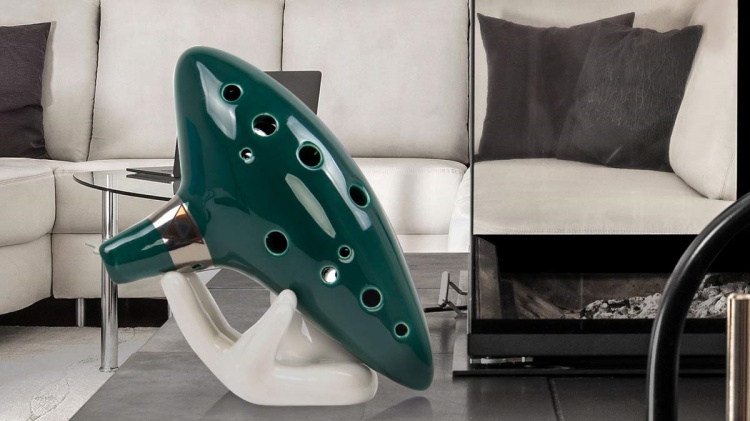
The ocarina is an ancient wind instrument known for its otherworldly and evocative sound. With a history spanning over 12,000 years across cultures worldwide, the

When it comes to taking care of your musical instruments, ocarina requires special attention, especially in terms of disinfection. Whether you’re a professional musician or

When it comes to preserving the charm and sound of your ocarina, storage is key. Just like a treasured book or a fine wine, your
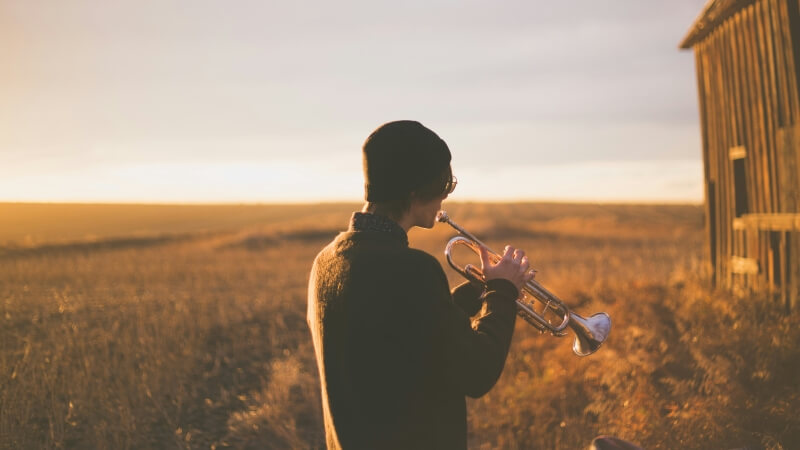
The world of music is filled with diverse and captivating instruments, and among them, the ceramic ocarina stands as a unique and charming creation. With
Copyright © 2024 echofluteocarinas. All Rights Reserved.